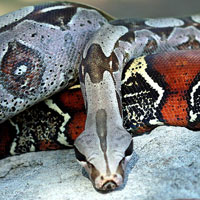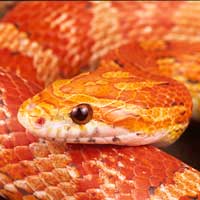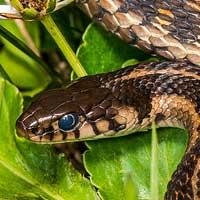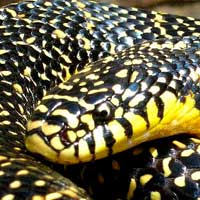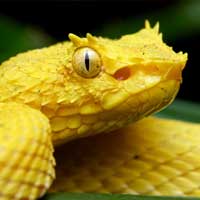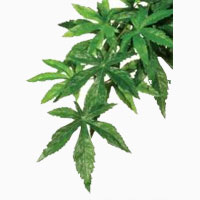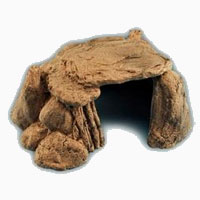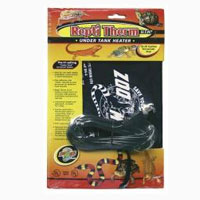Northern Mexican Pine Snake
Scientific Name: Pituophis Deppei Jani
Share this Post
The northern Mexican pine snake, alternatively known by its scientific name Pituophis deppei jani, and is common in Mexico. Other snakes in this genus include bull snakes and gopher snakes, which are also common in the northern Mexican region. A person can keep these snakes in captivity since they are non-venomous and could be easily trained. Northern Mexican pine snakes are very colorful in that they may have more than five color tones on their bodies. Most of them are either yellow or black and they have three to four colors running along the longitudinal saddles. Some of them have orange or copper-colored heads; the young ones usually have very dull colors but as they grow, their skin sheds and they develop brighter colors. These snakes have very rough skin due to their relatively keeled scales; these snakes can grow up to seven feet and they have built bodies.
Northern Mexican Pine Snakes Are Beautiful Creatures
Facts About Northern Mexican Pine Snakes
Geographic Location
Northern Mexican pine snakes subsist in South Central Nuevo Leon and the North Central and Western regions of Mexico. They also subsist in the Western Tamaulipas, located in Mexico.
Habitat
These snakes prefer pine forests and desert habitats. These snakes survive in cooler areas because they subsist in pine forests that are way above the sea level.
Behavior
During the day, these snakes rest in hidden areas such as tree hollows and shallow burrows. When upset this snake may hiss furiously at a potential attacker, it may also spit and bite. The hatchlings feed after seven days while the mature northern Mexican pine snakes feed once after every ten days. They feed on rodents such as mice and rats; the hatchlings mostly feed on earthworms and insects because they are smaller and easier to digest.
Reproduction
These snakes hatch about a dozen eggs, which after three or four years, mature.
